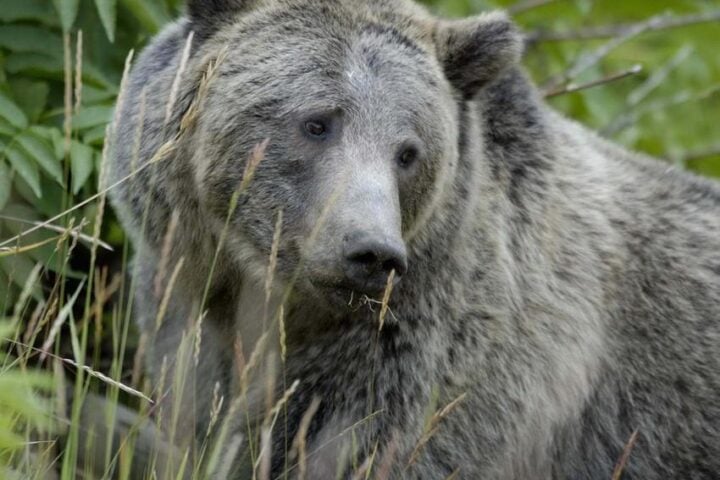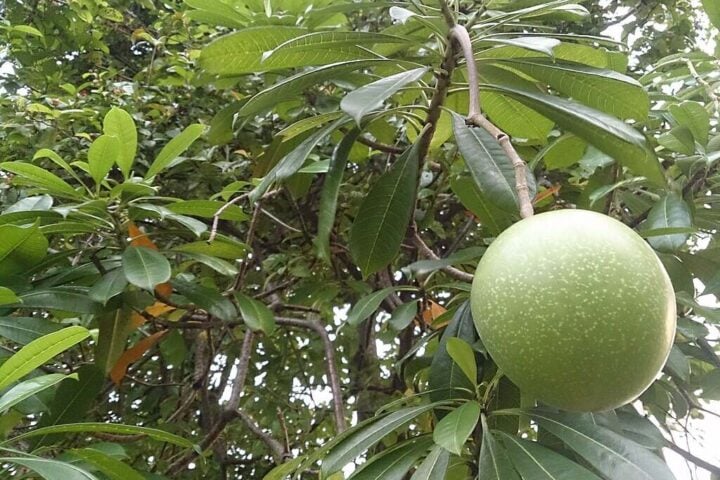Michigan’s Department of Agriculture and Rural Development (MDARD) has broadened its interior quarantine for the hemlock woolly adelgid, a pervasive threat to the state’s 170 million hemlock trees. Effective from August 1, 2023, the updated quarantine encompasses Benzie and Manistee counties and certain parts of Washtenaw County surrounding the Nichols Arboretum. Previously, this quarantine was strictly enforced within Allegan, Mason, Muskegon, Oceana, and Ottawa counties. The quarantine guidelines strictly regulate the transfer of hemlock, tiger-tail spruce trees, certain forest products, and nursery stock from the quarantined regions to other parts of the state. The newly identified regions in the quarantine list saw an identification of the destructive hemlock woolly adelgid, triggering the inclusion.
Mike Philip, Director of MDARD’s Pesticide and Plant Pest Management Division, emphasized that the main objective of the quarantine expansion is to preserve Michigan’s forest-dwelling hemlock trees. The U.S. Department of Agriculture Forest Service has affirmed that hemlock trees have a crucial role in streamside habitat conditions and overall stream health. The demise of hemlock trees could instigate a surge in water temperatures in streams and escalate soil erosion, something Michigan is striving to prevent. It is of vital importance to report infested trees using methods including emailing MDARD, calling the MDARD Customer Service Center, or using the Midwest Invasive Species Information Network’s online tool or smartphone app. If the hemlock woolly adelgid infestation remains uncontrolled, it could spread across Michigan’s hemlock trees, resulting in severe losses.
Not just ecological, the unchecked spread of this pest also poses substantial economic threats, risking the timber and lumber industries, nursery and landscaping businesses, the Christmas tree market, and the tourism sector. By expanding the quarantine zone, MDARD hopes to restrain the pest from invading new areas within the state and to slow down its spread within the currently infested zones. The quarantine update enforces strict instructions against collecting sample branches or twigs to prevent inadvertent spreading of the hemlock woolly adelgid. The Midwest Invasive Species Information Network smartphone app comes with a feature to pinpoint GPS location and attach photos, assisting in real-time reporting from the site.
All information regarding the updated hemlock woolly adelgid interior quarantine can be accessed online at www.Michigan.gov/HWA. Potential violations of quarantine can be reported by emailing MDARD. The hemlock woolly adelgid, believed to have originated from Japan, is a sap-sucking, aphid-like insect that envelopes itself with a white, waxy “wool” for protection, making infested trees identifiable due to the cotton-like substance at the base of the needles. The pest feeds on the sap at the base of the hemlock needles, obstructing nutrient flow, leading to color changes in the needles, and eventually their falling off, starving the tree to death typically within three to five years. Winter is the optimal season to spot infestations, as the insects feed during colder temperatures, secreting a white, waxy material that forms observable ovisacs on the trees.
Similar Post
Proactive measures include using insecticides to treat infested hemlock trees and mapping out and tagging other hemlocks within the area for summer treatment. Hemlock trees are found in moist soils along streams and riverbanks, coastal dunes, parks, and residential areas, hence regular checks for signs of infestation are necessary. Accurate identification of hemlock trees is crucial in the fight against adelgid, given that they only form ovisacs on eastern hemlock trees in Michigan. The Michigan Department of Natural Resources provides guidelines to differentiate hemlock trees from other conifers, with characteristic features like cone- or egg-shaped trees, feathery branches, and flat, dark green needles with parallel white stripes underneath.
Tiny, cotton-like round, white ovisacs on the underside of branches near the needle base are a definitive sign of infestation. On successful identification of an infested tree, it’s vital to report it to the Midwest Invasive Species Information Network, or to MDARD via email or phone. Infested hemlock trees can be effectively treated using specific insecticides, preferably under the guidance of a qualified arborist. It’s essential to report even if you plan to treat the infestation yourself, as this information helps officials track the spread of hemlock woolly adelgid, a key aspect of managing this invasive pest.
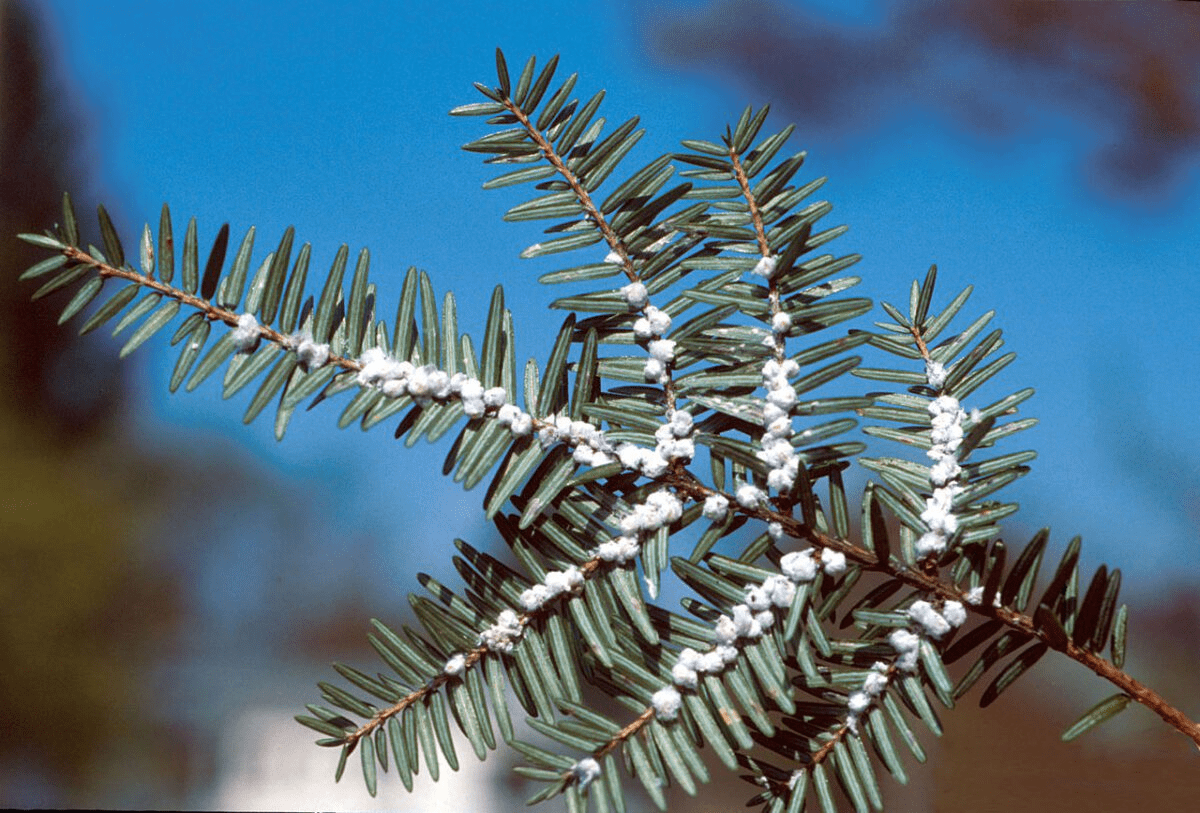




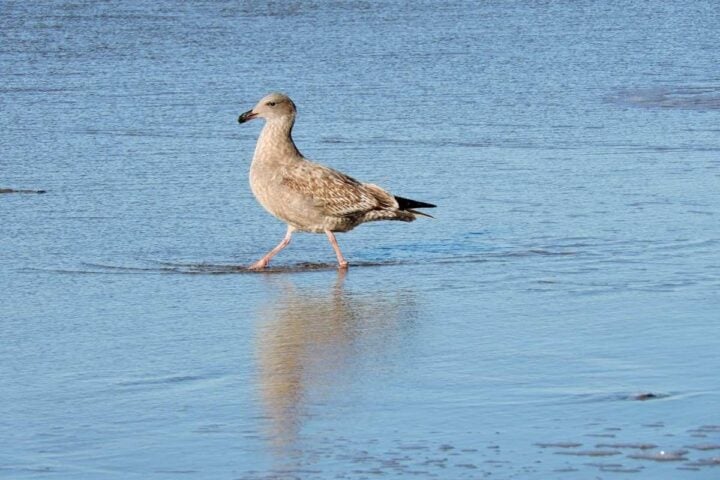

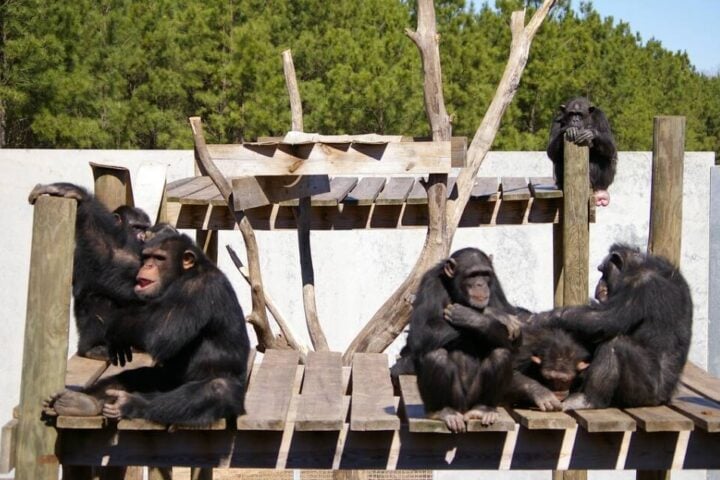


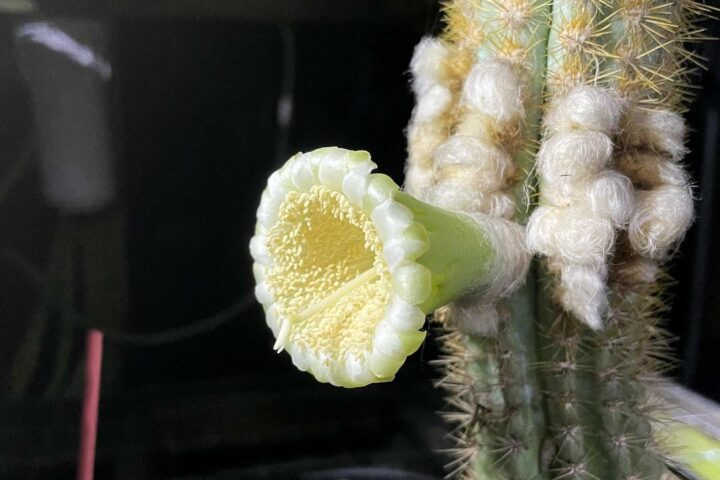
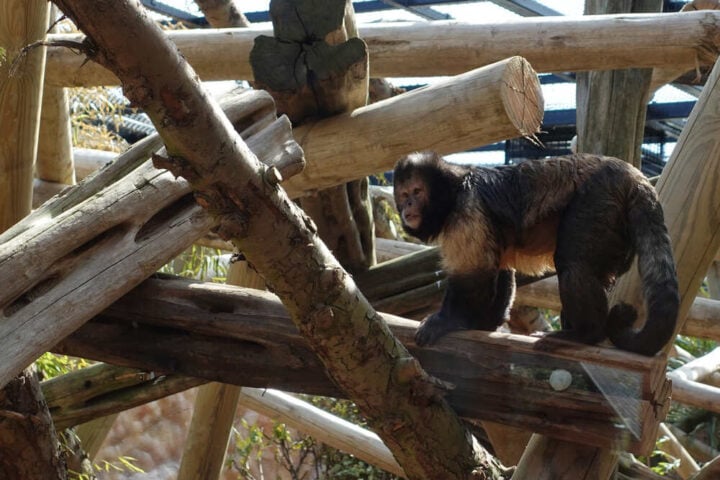


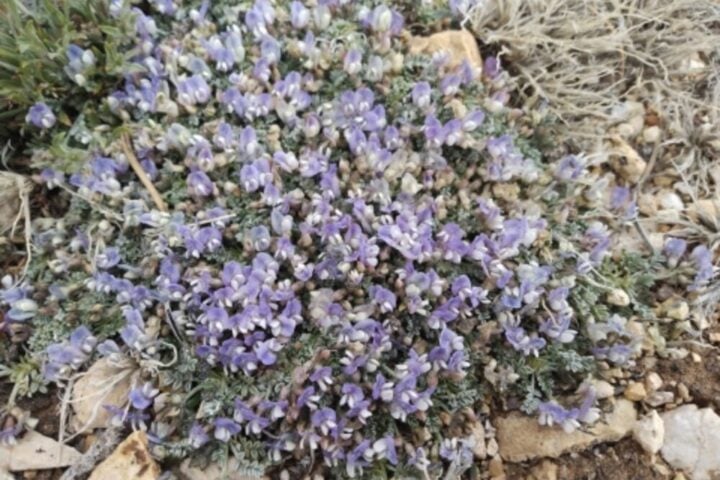
![Representative Image: European Starling [49/366]. Photo Source: Tim Sackton (CC BY-SA 2.0)](https://www.karmactive.com/wp-content/uploads/2025/04/Starlings-Drop-82-in-UK-Gardens-as-Birdwatch-2025-Reveals-Record-Low-Count-Since-1979-720x480.jpg)
